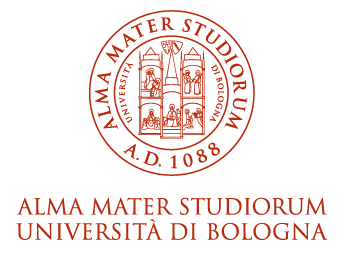- Docente: Miriam Capri
- Credits: 6
- SSD: MED/04
- Language: English
- Moduli: Miriam Capri (Modulo 1) Maria Giulia Bacalini (Modulo 2)
- Teaching Mode: Traditional lectures (Modulo 1) Traditional lectures (Modulo 2)
- Campus: Bologna
- Corso: Second cycle degree programme (LM) in Bioinformatics (cod. 8020)
Learning outcomes
At the end of the course, the student has the basic knowledge that gene transcription is intrinsically a dynamic process based on chromatin remodeling and a complex RNAs pool mediating the transcript regulation. In particular, the student will be acquainted with the most up-dated high throughput technologies (microarrays and deep sequencing) from two points of view such as biological and statistics. Data mining and cluster analyses will be acquired by the student.
Course contents
Topics:
•DNA and RNA dynamics: the meaning •Microarrays: origin and history and next generation sequencing •Stanford University Method - Competitive method •Affymetrix Method - Non Competitive method •Illumina Method- Non Competitive •Next Generation Sequencing: basic concepts •Analysis of published articles
Elements of basic statistics:
•Normalization prPractical appliocedures; •description of the main parametric (Student T test) and non-parametric significance tests (Mann-Whitney test); •description and analysis of the main statistical distributions, parametric (ANOVA, MANOVA, GLM) variance analysis, •main methods for multiple test correction (FDR, Bonferroni, Benjamini-Hochberg). •Unsupervised data analyses •pathways reconstruction and mapping of expression values onto known pathways and ontologies embedded in databases (GeneOntology); •Practical application of data mining in R environment. In particular, an overview of the bioinformatic tools currently available to explore and analyse microarray data sets, with a particular focus on DNA methylation microarrays. Through the use of example-oriented exercises, the student will learn how to use R environment and Bioconductor packages to manage genomic data and answer biological questions • Practical application of ChIP-Sequencing
Readings/Bibliography
Statistical ANALYSIS OF NEXT GENERATION SEQUENCING DATA
Somna Datt, Dan Nettleton Editors- Springer 2014
MICROARRAY BIOINFORMATICS- DOV STEKEL – Cambrige University
press- reprinted in 2005
Statistics (The Easier Way) with R: an informal text on applied statistics by Nicole M. Radziwil, 2015
Teaching methods
Lessons will be both frontal and applicative. Take home messages will be raised up and discussed during the lesson. Published papers will be shown and discussed during the lesson.
At the end of the lessons, a final test will be performed to evaluate the level of knowledge acquisition
Assessment methods
Examination will be divided in two parts: 1. home-made report on data processing and analysis (10 scores); 2. written test based on 5 programme-related questions (20 scores).
Laude will be added in the case of excellent performance
Teaching tools
The teacher will use personal laptop, projector and slides
Office hours
See the website of Miriam Capri
See the website of Maria Giulia Bacalini
